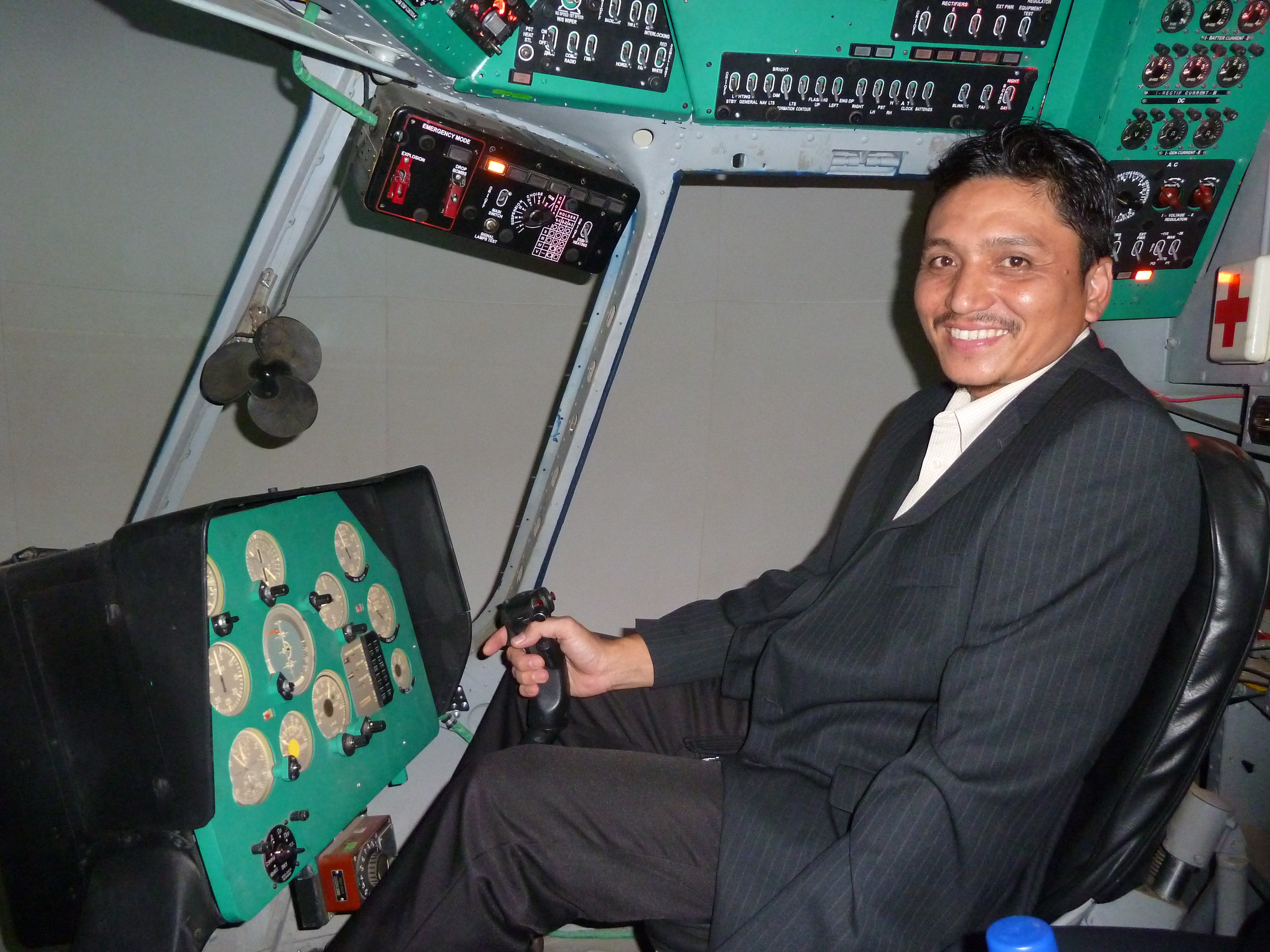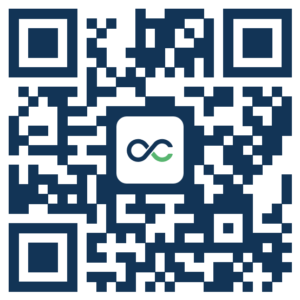UNIVERSITI TEKLNOLOGI MALAYSIA
WORK STANDADRDIZATION (FRSB 2403)
PMA 16 July 2017
- What is the principal objective of methods engineering?
- List the eight steps in applying methods engineering.
- Where were time studies originally made and who conducted them?
- Explain Frederick W. Taylor’s principles of scientific management.
- In terms of human participation, what are the three basic categories of work systems?
- What is the general characteristic that is common to nearly all pure manual work?
- What are the three main categories of powered machinery in worker-machine systems?
- Why is work design an important element of methods study?
- What important events have contributed to the need for ergonomics?
- What is the principal purpose of the flow process chart?
- What symbols are used in constructing the flow process chart?
- Why is it necessary to construct process charts from direct observation, as opposed to information obtained from the foreman?
- In the construction of the flow process chart, what method can be used to estimate distances moved?
- How can delay times be determined in the construction of the flow process chart? Storage times?
- When would you advocate using the flow diagram?
- How can the flow of several different products be shown on the flow diagram?
- What two flowchart symbols are used exclusively in the study of paperwork?
- Explain how design simplification can be applied to the manufacturing process.
- How is operation analysis related to methods engineering?
- How do unnecessary operations develop in an industry?
- Compare and contrast operations analysis with the lean manufacturing approach. What are the seven mudas?
- What are the 5S pillars?
- What is meant by “tight” tolerances?
- Explain why it may be desirable to “tighten up” tolerances and specifications. What is meant by lot-by-lot inspection?
- When is an elaborate quality control procedure not justified?
LIST OF ASSIGNMENT TITLES
Renewable Energy sources
Solar
Most renewable energy comes either directly or indirectly from the sun. Sunlight, or solar energy, can be used directly for heating and lighting homes and other buildings, for generating electricity, and for hot water heating, solar cooling, and a variety of commercial and industrial uses.
Wind
The sun’s heat also drives the winds, whose energy is captured with wind turbines. The Earth’s rotation also contributes to the winds, particularly through the Coriolis effect.
Biomass
Along with the rain and snow, sunlight causes plants to grow. The organic matter that makes up those plants is known as biomass. Biomass can be used to produce electricity, transportation fuels, or chemicals. The use of biomass for any of these purposes is called biomass energy.
Geothermal
Not all renewable energy resources come from the sun. Geothermal energy taps the Earth’s internal heat for a variety of uses, including electric power production and the heating and cooling of buildings.
Hydrogen
Hydrogen can be found in many organic compounds, as well as water. It’s the most abundant element on the Earth. Because energy is always needed to produce hydrogen, it is not an energy source, but a way to store and transport energy, so it is referred to as an energy carrier.
Ocean
The ocean can produce thermal energy from the sun’s heat and mechanical energy from the tides and waves. See the U.S. Department of Energy’s Energy Savers for basic information on ocean energy.
Hydropower
Flowing water creates energy that can be captured and turned into electricity. This is called hydroelectric power or hydropower. For more information on hydroelectric power, see the hydropower basics from the U.S. Department of Energy’s Water Power Program
GUIDE LINE
- Introduction and concept.
- Explain the detail of process/method/system/equipment.
- Related figures/diagram.
- Application in industry.
- Advantages and limitation of the process/method/equipment/system.
- Student may add other related point to make a better report.

